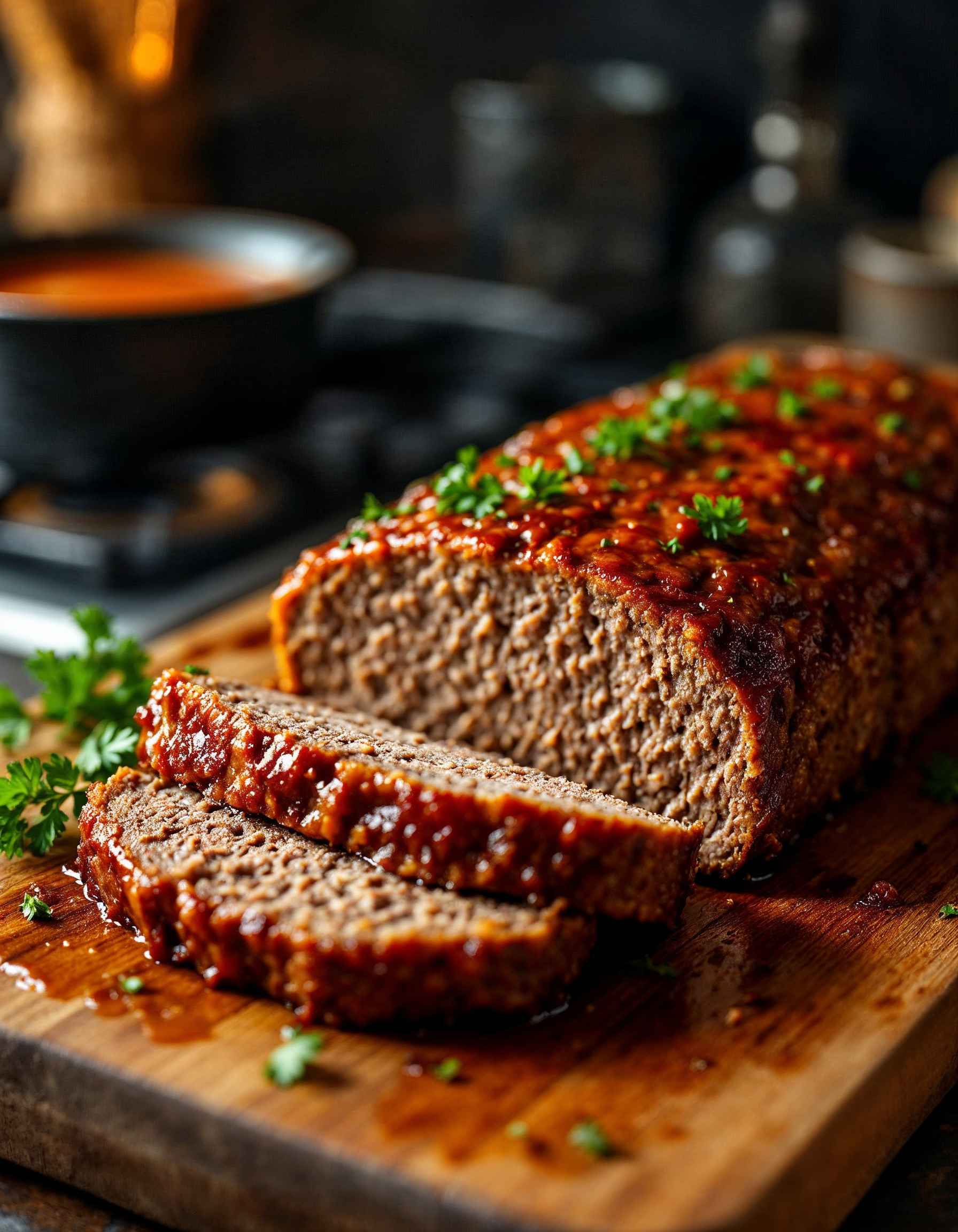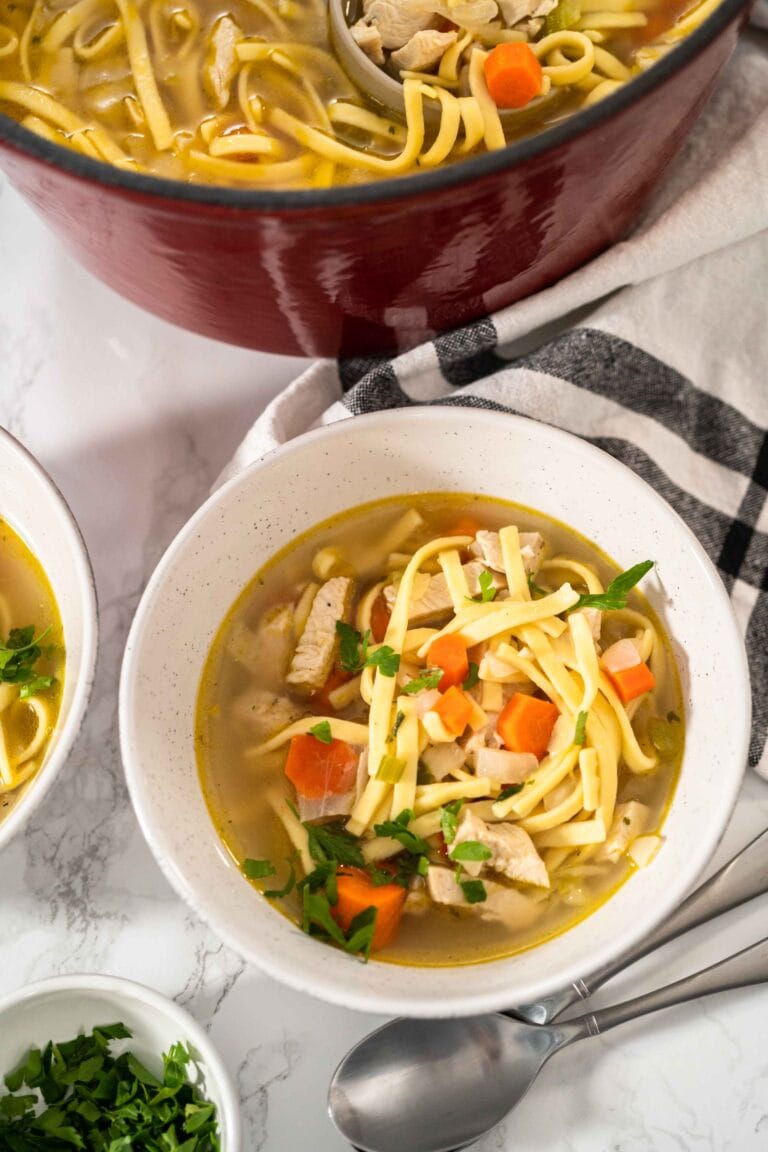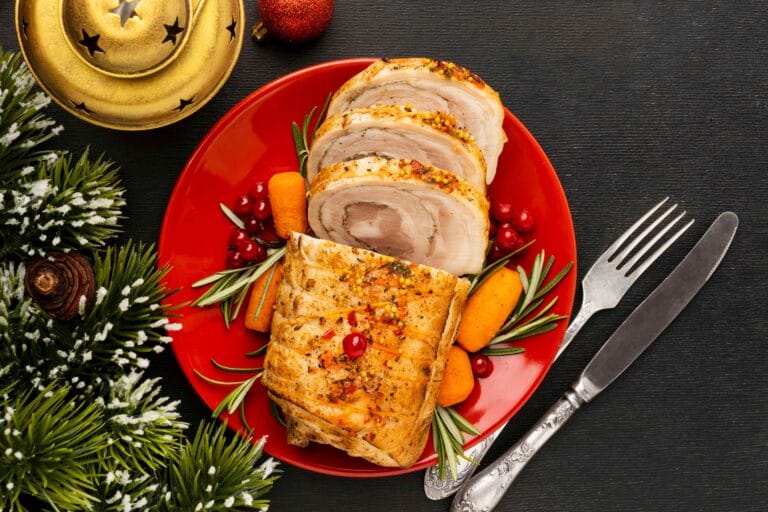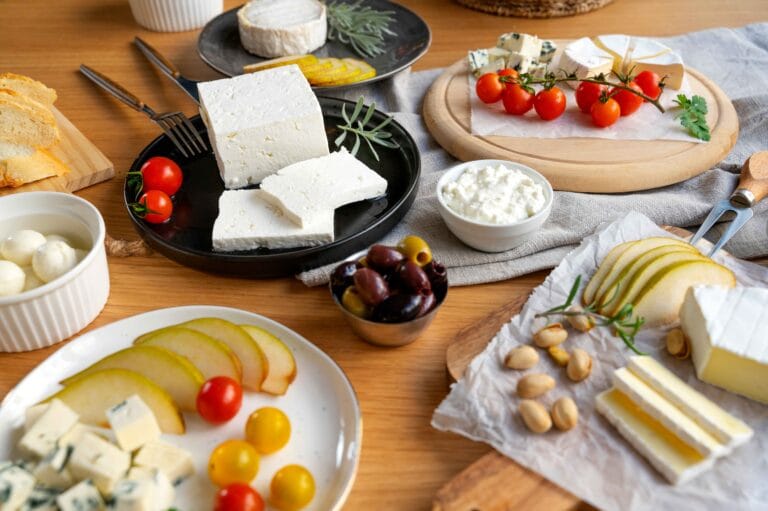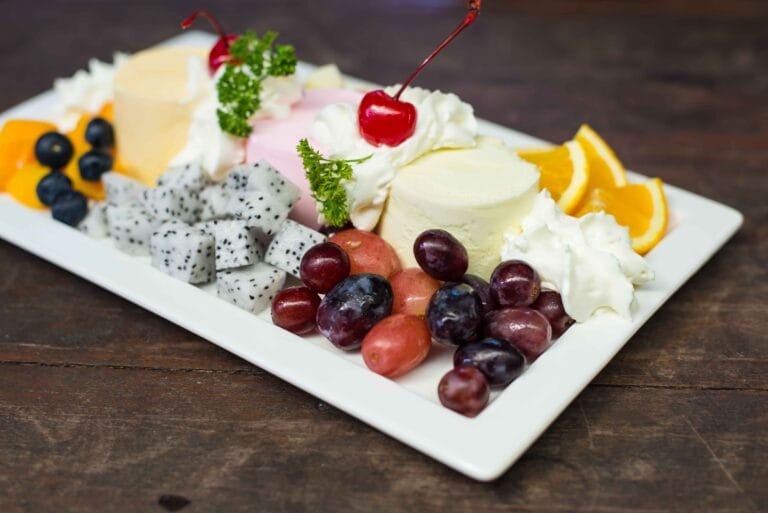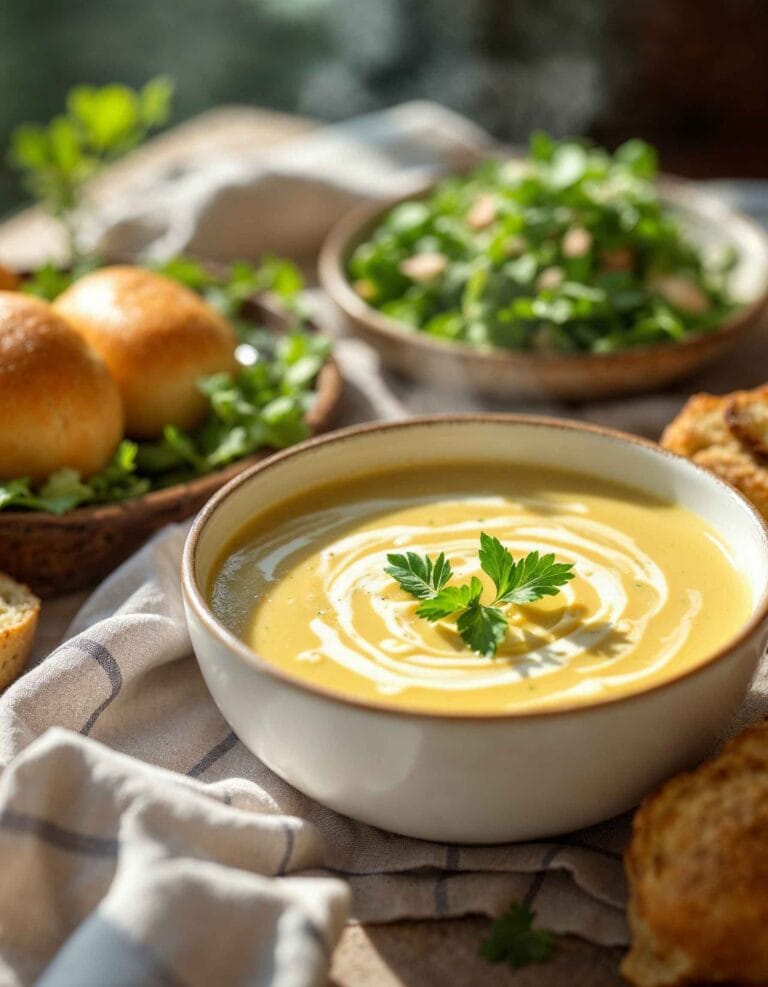The Secret to Juicy Meatloaf
Meatloaf is a beloved comfort food, but achieving the perfect balance of flavors and moisture can be tricky. So, what is the secret to juicy meatloaf? From selecting the right meat blend to using moisture-rich ingredients and cooking techniques, this guide will ensure your meatloaf turns out tender and delicious every time.
This article is your ultimate guide to crafting a meatloaf that is not only flavorful but irresistibly juicy. From choosing the right meat to mastering the perfect glaze, we’ll delve into every detail to ensure your meatloaf is tender, moist, and bursting with flavor. Whether you’re a seasoned cook or a beginner, these tips will help you elevate your meatloaf game.
In this guide, you’ll learn about:
- Selecting the best meats and fat ratios.
- Essential ingredients that contribute to juiciness.
- The importance of preparation techniques.
- Cooking methods that preserve moisture.
- Perfecting the art of glazing and serving.
So, let’s dive into the secrets of juicy meatloaf and transform this humble dish into a centerpiece of culinary excellence.
Learn how to make a classic Lipton Onion Soup Meatloaf for timeless comfort food delight.
Choosing the Right Meat
The foundation of a juicy meatloaf starts with the meat itself. It’s not just about flavor; the type and combination of meats you choose play a pivotal role in the final texture and moisture of the dish.
Fat Content Matters
Fat is the key to juiciness in meatloaf. Lean meats, while healthy, often result in a dry texture. That’s why it’s essential to choose ground meat with a higher fat-to-lean ratio. Ground beef with an 80/20 ratio (80% lean meat, 20% fat) is ideal for providing both flavor and moisture. Adding ground pork or veal to the mix can further enhance the richness, as these meats tend to have a softer texture and a slightly higher fat content.
When selecting your meat, aim for a blend that balances flavor and texture. For instance:
- Ground beef (80/20): The base of most meatloaf recipes.
- Ground pork: Adds a mild sweetness and fat for moisture.
- Ground veal: Contributes tenderness and a delicate flavor.
For those seeking an alternative, ground turkey or chicken can work, but you’ll need to compensate for the lower fat content by adding extra moisture with ingredients like broth or grated vegetables.
Essential Ingredients for Juicy Meatloaf
Creating a juicy meatloaf isn’t solely about the type of meat you use—it’s also about the supporting ingredients that add moisture, bind everything together, and enhance the flavor. This section dives into the must-have ingredients and how they contribute to a succulent meatloaf.
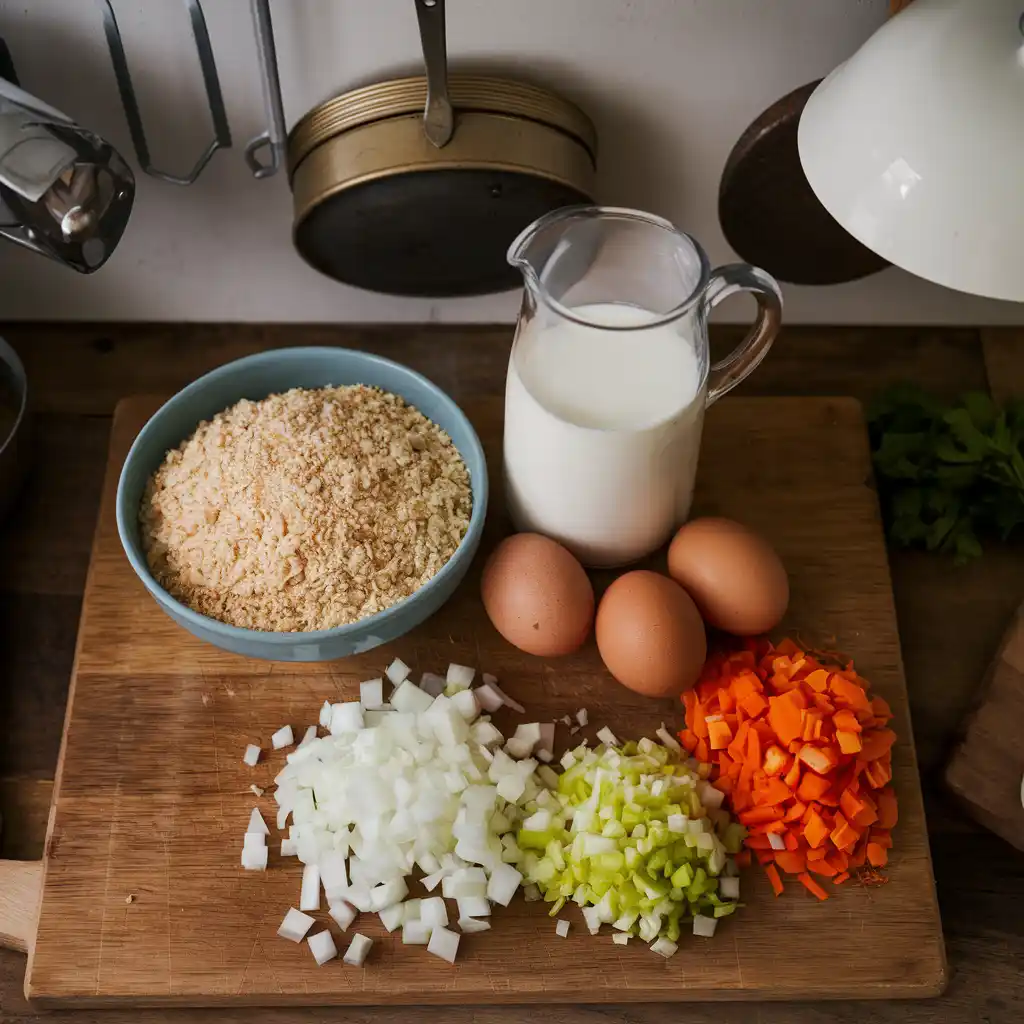
Discover the secret to juicy meatloaf with expert tips and techniques.
Using the Right Binders
Binders are critical in holding the meatloaf together while also contributing to its texture and moisture. Commonly used binders include:
- Breadcrumbs: Traditional and effective, breadcrumbs soak up liquid, ensuring moisture stays locked in. Opt for plain or seasoned breadcrumbs depending on your flavor preference.
- Eggs: Eggs not only bind the mixture but also add a silky texture. Typically, you’ll need one egg per pound of meat.
- Alternatives: Crushed crackers, panko breadcrumbs, or even oats can be excellent substitutes for traditional breadcrumbs.
For a gluten-free option, finely crushed rice crackers or almond flour work well. Make sure your binders are evenly distributed to prevent dense or dry patches.
Adding Moisture with Liquids
The secret to an ultra-moist meatloaf often lies in the liquids you add. These ingredients are absorbed by the binders, keeping the meat tender and juicy:
- Milk: A classic addition, milk is absorbed by breadcrumbs or crackers to create a moist base.
- Broth: Beef, chicken, or vegetable broth enhances the flavor while adding extra hydration.
- Tomato-based options: Tomato sauce, diced tomatoes, or even ketchup bring acidity and moisture, balancing the richness of the meat.
For extra depth of flavor, consider blending these liquids. For example, a combination of milk and a few tablespoons of beef broth can add creaminess and umami.
Vegetables for Natural Juiciness
Incorporating finely chopped or grated vegetables is a game-changer for juicy meatloaf. Vegetables release water as they cook, infusing the meatloaf with moisture while adding subtle sweetness and texture.
- Onions: A classic choice for their flavor and moisture content.
- Carrots: Grated carrots add a natural sweetness and prevent dryness.
- Zucchini: A water-rich vegetable that blends seamlessly into the meat mixture.
To maximize flavor, sauté the vegetables before adding them to the mix. This softens the veggies, enhances their taste, and prevents them from releasing too much liquid during cooking.
Seasonings and Flavor Enhancers
Seasonings not only elevate the flavor but can also enhance the overall moisture of the dish:
- Worcestershire sauce: A small amount adds a savory, umami-packed punch.
- Mustard: Yellow or Dijon mustard provides tanginess and subtle moisture.
- Fresh herbs: Chopped parsley, thyme, or chives add brightness.
- Spices: A pinch of paprika, garlic powder, or onion powder boosts depth.
Preparation Techniques
The way you prepare your meatloaf is just as important as the ingredients you use. Proper preparation ensures an even distribution of moisture, prevents over-dense texture, and allows the flavors to meld beautifully. Here are the key preparation techniques for a juicy meatloaf.
Mixing Without Overworking
One of the most common mistakes in meatloaf preparation is overmixing the ingredients. Overmixing compacts the meat mixture, making it dense and tough. Instead, aim for a light, gentle touch:
- Combine the wet ingredients first: Mix liquids, eggs, and seasonings thoroughly in a separate bowl before adding them to the meat. This ensures even distribution without overhandling the meat.
- Fold the mixture gently: Use your hands to fold the ingredients together, stopping as soon as everything is evenly combined. This minimizes compaction and keeps the texture light and airy.
Shaping the Meatloaf
The shape of your meatloaf directly impacts its moisture level. A tightly packed loaf can dry out, while a free-form shape allows for even cooking.
- Avoid overpacking: Gently pat the mixture into shape without compressing it. Leave some room for airflow to cook the meatloaf evenly.
- Use a free-form shape: While loaf pans are convenient, they can trap grease and lead to sogginess. Shaping the meatloaf on a baking sheet allows excess grease to drain away.
- Consider a moldable shape: Some people prefer to shape their meatloaf as a rectangle or oval on a rimmed baking sheet. This method ensures a good crust without sacrificing juiciness.
Moisture Retention Tips
To keep the juices locked in during preparation, you can incorporate these extra steps:
- Create a bed for the loaf: Lay a layer of sliced onions or vegetables beneath the meatloaf to prevent sticking and add extra moisture.
- Add a layer of glaze before cooking: Applying a thin layer of glaze before the meatloaf goes into the oven helps seal in moisture from the start.
Testing and Adjusting the Mixture
If you’re unsure whether your mixture is too dry or too wet, a simple test can save your meatloaf.
- Cook a small patty: Form a tiny portion of the meat mixture into a patty and cook it in a skillet. Taste for seasoning and check the texture. Adjust the seasoning, binders, or moisture levels as needed.
- Avoid last-minute adjustments: Make changes before the entire loaf is shaped to avoid uneven cooking.
Cooking the Perfect Meatloaf
Cooking meatloaf to perfection requires careful attention to temperature, timing, and technique. Each step of the cooking process plays a role in preserving the juiciness of the meatloaf while ensuring it’s cooked through and bursting with flavor.
Optimal Cooking Temperature
The cooking temperature is a critical factor in achieving juicy meatloaf.
- Low and slow: Cooking meatloaf at 350°F (175°C) allows the meat to cook evenly while retaining its moisture. Higher temperatures can dry out the exterior before the interior is fully cooked.
- Cook time: On average, a standard meatloaf (about 2 pounds) takes 50-60 minutes at 350°F. Adjust the time for smaller or larger loaves.
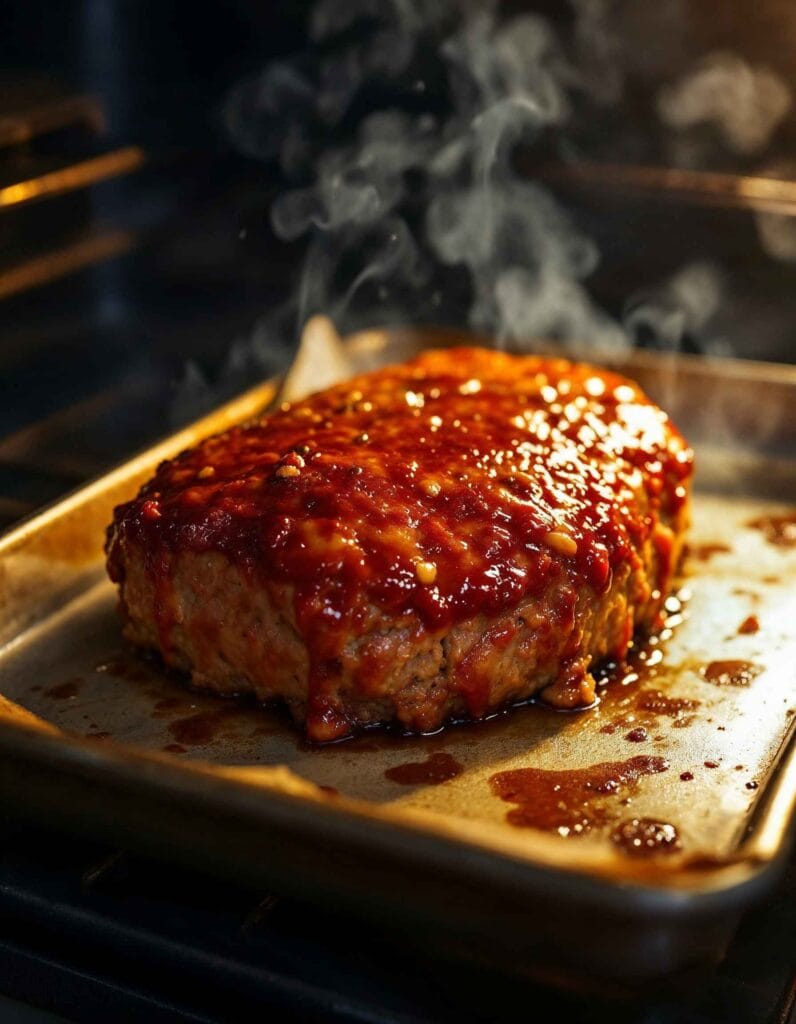
Learn the pros and cons of cooking meatloaf at different temperatures in this meatloaf cooking temperature guide.
Using a Meat Thermometer
A meat thermometer is your best friend for ensuring that meatloaf is cooked perfectly without being overdone.
- Internal temperature: The meatloaf should reach an internal temperature of 160°F (71°C). At this temperature, the meat is fully cooked but still moist.
- Placement: Insert the thermometer into the center of the meatloaf to get the most accurate reading.
Preventing Dryness During Cooking
To keep the meatloaf from drying out in the oven, employ these techniques:
- Add a water bath: Place a pan of water on the rack below the meatloaf. The steam helps maintain a moist cooking environment.
- Cover with foil: Covering the meatloaf loosely with aluminum foil during the first half of cooking prevents excessive browning and moisture loss. Remove the foil for the final 15-20 minutes to allow the glaze to caramelize.
- Use a baking rack: Elevate the meatloaf on a baking rack to allow grease to drip away, preventing sogginess while retaining moisture within the loaf.
Basting for Extra Juiciness
If you want to go the extra mile, baste the meatloaf periodically during cooking.
- Juices: Use the pan juices to baste the meatloaf every 20 minutes.
- Glaze: Brush on an additional layer of glaze halfway through cooking to enhance the flavor and moisture.
Enhancing Juiciness with Glazes
The glaze is the finishing touch that seals in moisture and adds a burst of flavor to the meatloaf.
Sweet and Tangy Glaze Ideas
A well-crafted glaze enhances the flavor and appearance of meatloaf. Here are some classic and creative options:
- Classic ketchup glaze: A blend of ketchup, brown sugar, and mustard creates a sweet and tangy finish.
- Barbecue glaze: Mix barbecue sauce with a touch of honey or molasses for a smoky sweetness.
- Tomato and balsamic glaze: Combine tomato paste, balsamic vinegar, and a pinch of sugar for a sophisticated twist.
Applying the Glaze Properly
Timing and technique are key when applying the glaze.
- First layer: Apply a thin layer before baking to lock in moisture from the start.
- Second layer: Add another layer of glaze during the final 15-20 minutes of cooking to create a caramelized crust.
FAQs
Why do you put milk in meatloaf?
Milk is added to meatloaf to enhance its moisture and texture. When combined with breadcrumbs or other binders, milk is absorbed, creating a softer, more cohesive mixture. This ensures that the meatloaf doesn’t dry out during cooking. Milk also adds a subtle creaminess that complements the richness of the meat. If you’re avoiding dairy, you can substitute it with beef broth, chicken broth, or plant-based milk alternatives.
Find out why milk is better than water in meatloaf for enhancing flavor and texture.
What helps keep meatloaf moist?
Several factors contribute to keeping meatloaf moist:
- Fat Content: Use ground meat with a higher fat ratio, such as 80/20 beef, or mix with pork or veal.
- Binders and Liquids: Ingredients like breadcrumbs, eggs, milk, or broth prevent the meat from drying out.
- Vegetables: Finely chopped or sautéed vegetables, such as onions and carrots, release moisture as they cook.
- Cooking Method: Covering the meatloaf for part of the cooking time and cooking at 350°F ensures even moisture retention.
What does adding an extra egg to meatloaf do?
Eggs act as a binder in meatloaf, holding the mixture together and contributing to a smooth, tender texture. Adding an extra egg can increase the moisture and silkiness of the meatloaf. However, too many eggs can make the loaf overly dense or soggy, so it’s best to use just enough for the amount of meat—typically one egg per pound.
Is it better to cook meatloaf covered or uncovered?
It’s often best to cook meatloaf covered for the first half of the cooking time. Covering with aluminum foil helps retain moisture and prevents the top from browning too quickly. During the last 15-20 minutes, uncover the meatloaf to allow the glaze to caramelize and the surface to form a slight crust. This method ensures a juicy interior and a flavorful exterior.
Conclusion
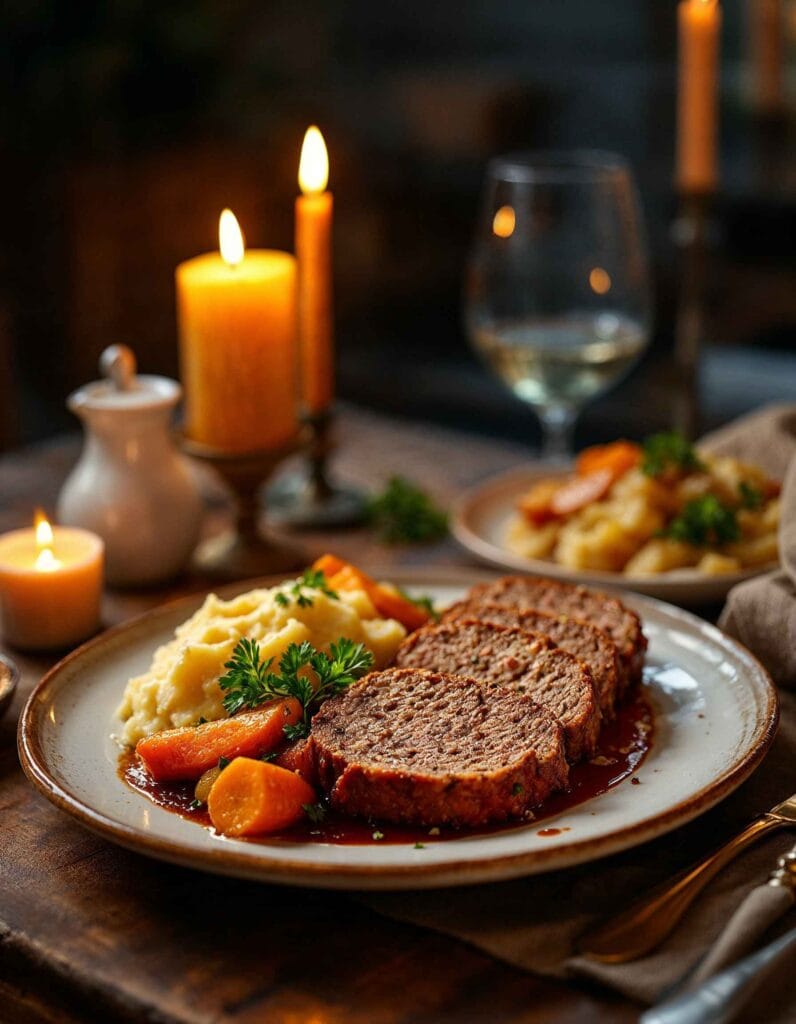
Juicy meatloaf is a result of thoughtful ingredient choices, precise preparation, and careful cooking techniques. By using meat with a higher fat content, incorporating moisture-rich ingredients like milk and vegetables, and applying a flavorful glaze, you can create a meatloaf that’s both tender and delicious. Cooking low and slow, using a meat thermometer, and allowing the meatloaf to rest before slicing all play crucial roles in ensuring the perfect texture and flavor.
With these tips and tricks, your meatloaf will be a star dish, whether it’s a family dinner or a special occasion. Experiment with different meat blends, glazes, and seasonings to make it uniquely yours. With a little practice and the guidance from this article, juicy meatloaf will become your signature dish!

